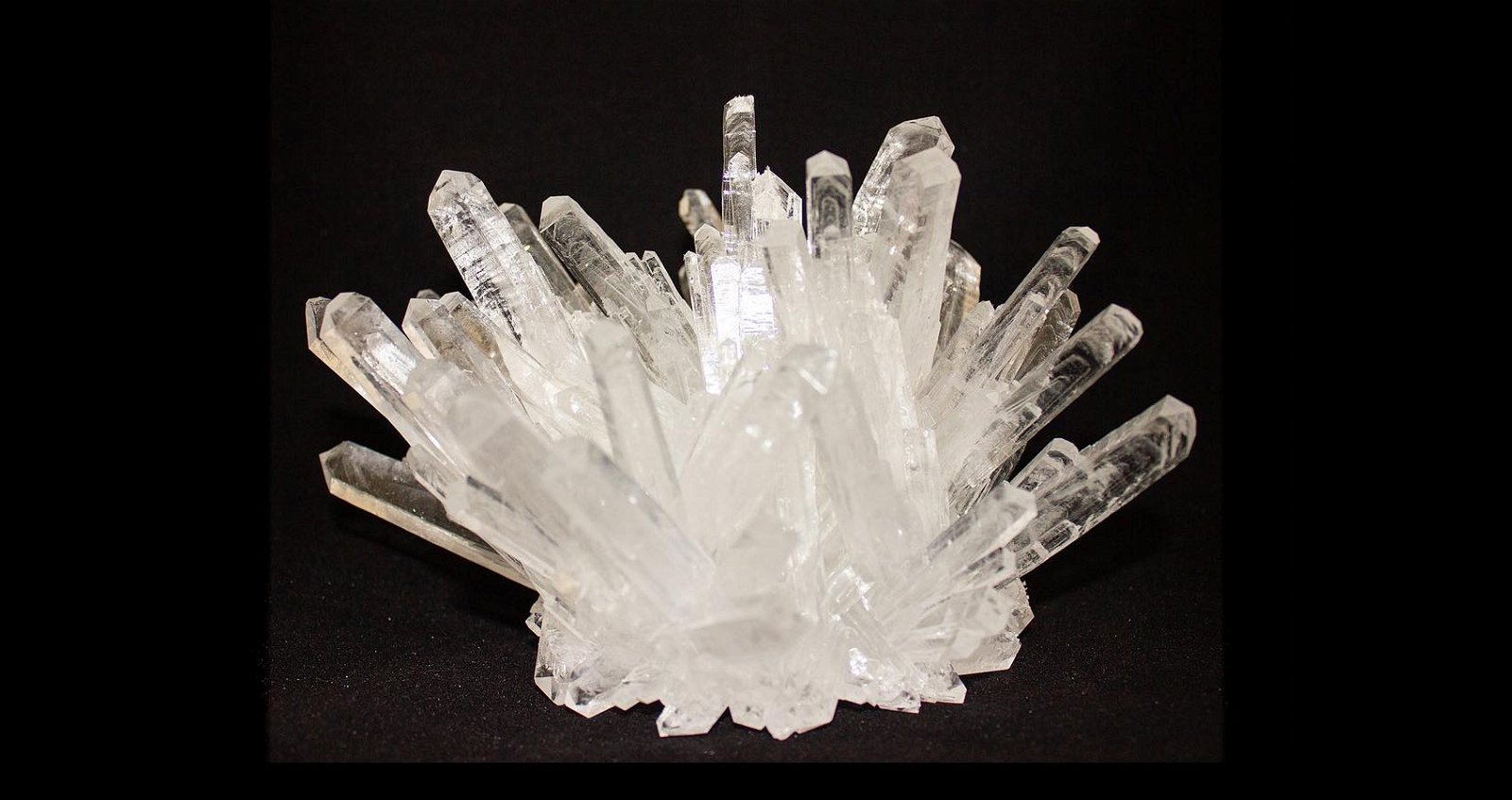A team of physicists says they have detected evidence of a time crystal in a very unlikely place, according to new research appearing in a pair of new studies.
Time crystals are particles in a quantum system whose lowest energetic state represents one where the particles remain in ongoing repetitive motion. Due to its unique state, the system in question is unable to lose energy to the surrounding environment, since it is already in a “quantum ground state.”
What fascinates scientists about this is that crystals under such unique conditions thereby possess motion, but without energy, since the motion of the particles themselves isn’t truly a measure of kinetic energy like other forms of motion.
The atoms within these crystals periodically spin in one direction, then reverse their spin, which produces an effect likened to “ticking” like a clock. Past studies have shown that the tick of time crystals remains locked in at a specific frequency, despite imperfections in the pulsating force that drives the “ticks.”
Although ordinary crystals and their formation have been understood for more than a century, time crystals were first identified in 2016.
Now, Yale University physicists say that evidence pointing to a time crystal formation was discovered within a crystal similar to the kind found within children’s toys, which has them scratching their heads as far as the process that gives rise to their formation.
According to a pair of new papers that appeared in Physical Review Letters and in Physical Review B, the new research marks what is recognized as the second experiment of its kind where a time crystal’s telltale signature was detected.
The crystals that produced the result, grown from monoammonium phosphate (MAP), had been produced for entirely separate research by Jared Rovny, lead author of the new papers and a student of Yale physics professor Sean Barrett, who also served as the principal investigator for the pair of studies.
Because they are so easy to grow, MAP crystals often appear in simple crystal growing kits produced as science toys for children. However, MAP crystals seemed like an unlikely place for the discovery of a time crystal’s unique signature, given that time crystals were previously thought to only appear within crystalline forms possessing a greater degree of internal disorder.
That presumption changed quickly after the team applied nuclear magnetic resonance in their search for time crystal signatures and actually found one.
According to Professor Barrett, the team’s measurements were immediately promising.
“Our work suggests that the signature of a DTC could be found, in principle, by looking in a children’s crystal growing kit,” Barrett said in a statement.
However, the discovery of the time crystal signature alone wasn’t proof that the system also possessed a “quantum memory” of what brought it to its current state. Applying novel methodology, the team utilized what co-author Robert Blum, a Yale graduate student, characterized as a “time crystal echo” to further probe the structure for such evidence.
The process worked, revealing “the hidden coherence, or quantum order, within the system,” lead author Rovny said.
Unraveling the formation processes behind time crystals could lead to several innovations, improving the function of devices ranging from gyroscopes and atomic clocks to innovative new quantum technologies.
Given their potential uses in a variety of different fields of technology, the Pentagon has recently also announced its own program tasked with funding research into their possible uses.
Although the Yale team’s discovery was a surprising one, the team says that it only leads to more questions for researchers at present, in terms of determining the mechanisms behind the formation of time crystals.
Barrett says it’s “too early to tell what the resolution will be for the current theory of discrete time crystals,” although he notes that scientists “will be working on this question for at least the next few years.”
Micah Hanks is Editor-in-Chief and Co-Founder of The Debrief. Follow his work at micahhanks.com and on Twitter: @MicahHanks.

